RFID Library Tracking: A New Age Of Library Systems
While books continue to be at the heart of what libraries offer, the processes surrounding them are evolving. The integration of technologies such as RFID is redefining the operational dynamics of libraries worldwide, making them more efficient and user-friendly. Dive into this exploration of how RFID is revolutionizing library processes, enhancing user experiences, and heralding a new era for libraries in our communities.
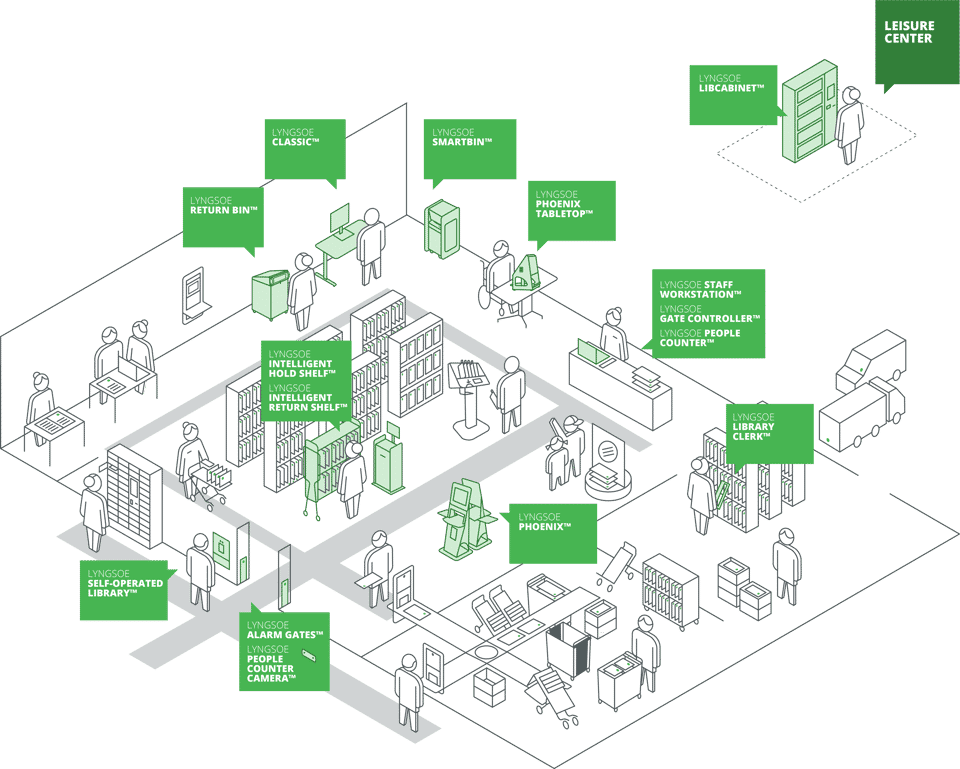
The Discipline Of Managing Library Processes
Although today’s libraries are about so much more than lending out physical books, the handling processes around the books remains a major time-consumer in libraries around the World. Many automation tools are, however, available today, such as switching to library RFID (Radio Frequency IDentification) as identifier for the physical library items.
Barcodes are still present to a significant extent in many libraries, and they function well and reliably, so why change?
- Change, because with library RFID it makes the handling processes of books and items easier for both staff and users/patrons.
- Change, because your staff in reality is spending quite a significant amount of time on simple processes, which e.g., in retail stores is being handled by normal shoppers.
If you anticipate letting the users handle check-ins and check-outs unaided, to save some of your staff’s time, then it is important to success that it becomes an easy processes for them.
A barcode can be placed wrong, while an RFID tag for library can be read regardless of the way an item is turned.
We regard introducing RFID as a smart step towards freeing up library staff to support the transformation of libraries towards the future, where libraries continue to deliver a high service level, and on many services to support the development of the surrounding society, but seldom see the same increase in staff budget.
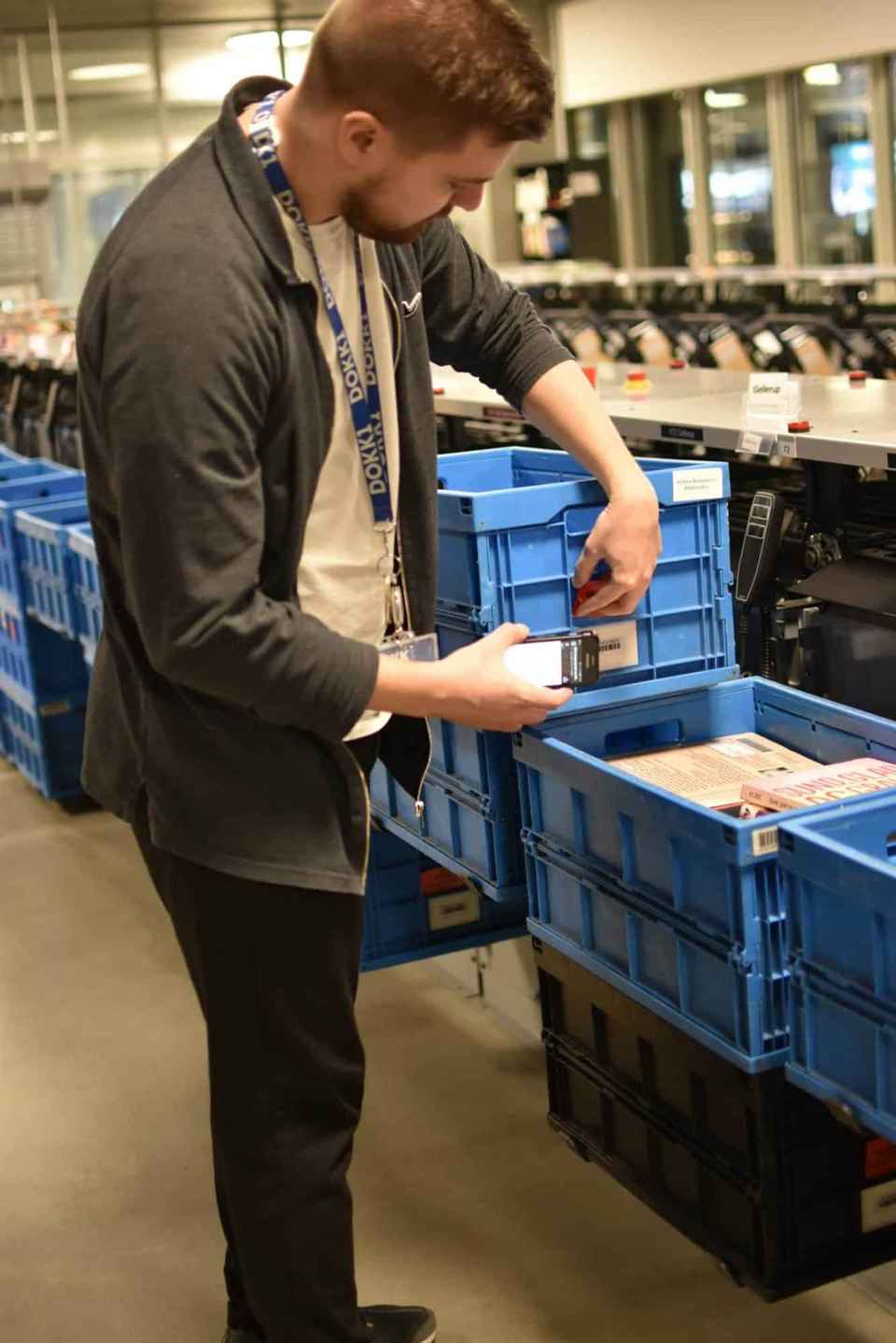

How RFID Revolutionizes Libraries
To be a bit more precise on what we mean by RFID in the library context, we here talk passive RFID.
The library RFID tag, which is a sticker / inlay inside a book, is a transponder with a small chip to hold information.
A passive RFID tag does not have the energy itself to send out the information stored on it. When we want to know the information stored in a passive RFID tag, we use a reader, which sends out energy through a special antenna. The RFID tag/transponder absorbs the energy from the antenna and sends back the information it holds to the antenna. The antenna passes the information to the reader, which in the library context is controlled by software communicating with the library management software.
In libraries, HF (High Frequency) is the dominant RFID technology, but UHF (Ultra-High Frequency) is also widespread. In Lyngsoe Systems, we also offer combined technologies (e.g., barcode and RFID) to allow for mixed collections.
Improve Security With Security Tags
Introducing RFID allows you to take a major step forward to a reliable security system with RFID gates, as we all know from retail stores. If an item has not been checked out correctly, and a security bit in the tag therefore is not in the right setting, then the alarm gates will alert the patron to go back in and check out all the items.
It also allows you to offer simpler self-check processes on simple-to-use kiosk, so your patrons can handle check-outs, renewals, and returns unaided by staff. The technology also allows stacks of books to be handled in the same process in a kiosk. The security setting the tag is set correctly in the same flow without interruption, and the kiosks communicate automatically to update the library management system immediately.
The library users will experience it as a leap forward, when they become able to handle the process by themselves at their own convenience without needing staff for something trivial. They will also experience an improved service from your staff, who now have more time available to guide users to the knowledge and services the library offers.
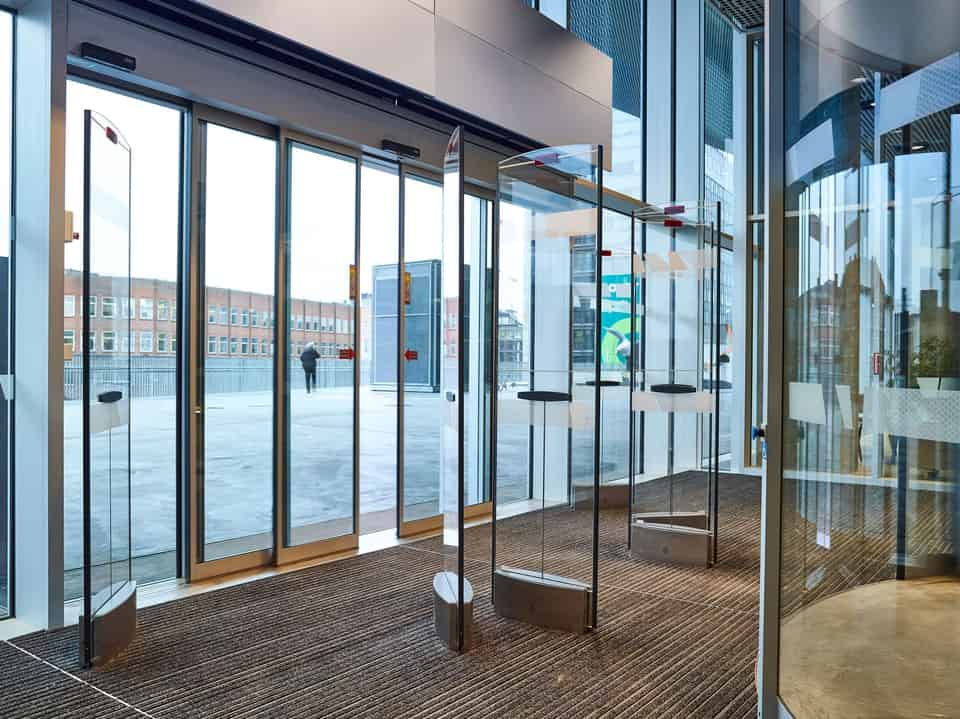
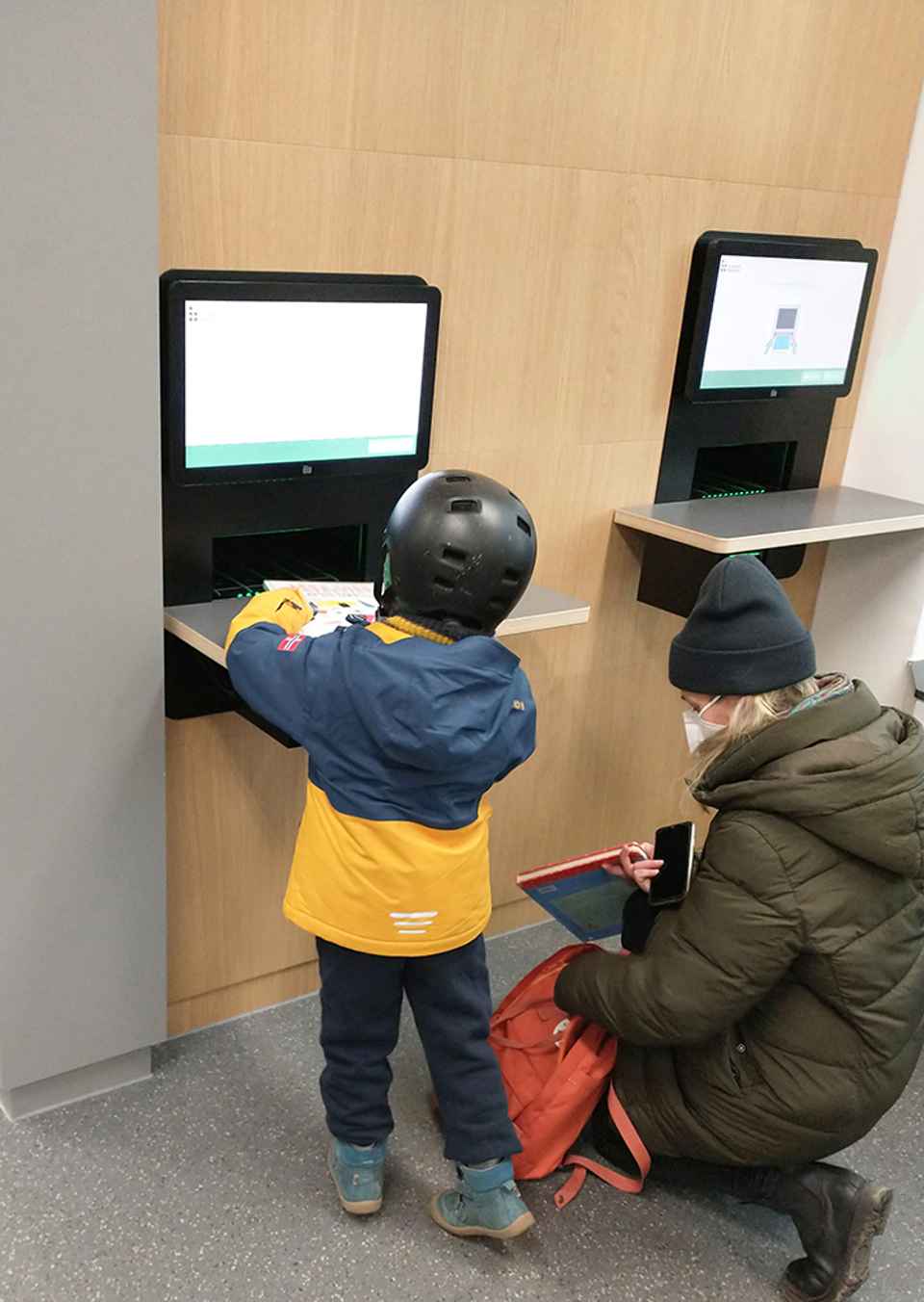
RFID Fits In All Your Automation Processes
As described above, RFID supports both the increased security / anti-theft detection, as well as enabling users to handle self-check by themselves on kiosks such as available in Lyngsoes Self-Service Equipment solutions. Options like paperless holds also become easy to introduce using RFID-based holds shelves.
RFID also fits very well with AMH (Automated Material Handling). Again, barcodes work fine, but can be placed wrong by the patrons, so the integrated barcode readers do not see the fine lines, but RFID tags will be read regardless of the orientation of a book. In the case of a multi-part item such as a game with multiple disks, multiple tags in the same item can be read to make sure all the expected parts are present when the item is returned. Again, a way to free up staff time for other services.
Using a handheld device such as our Lyngsoe Library Clerk, also allows you to find missing items by reading their RFID tags, when scanning past a shelf rather than taking all items out.
Taking the step to the innovative Intelligent Material Management System (IMMS) also introduces the vast, intelligent logistical processes, which becomes possible by also associating RFID tags to locations and transport units like it is well-known in supply chain and retail industries.
Bring Your Library Into The Next Age With RFID
The RFID technology is an enabler for the many smooth processes described above. Lyngsoe Systems has a strong presence in both libraries and in multiple industries, where RFID often is the technology of choice, so all the solutions build on a deep expertise from challenging use cases. This allows us to provide reliable performance of reading and writing the tags.
To support you in making the new processes a success for your library, and offer a perfect fit for your automation needs, we offer a wide range of solutions, which all support RFID.
RFID readers and antennas are integrated into the wide range of kiosks ranging from a tabletop version (Phoenix Tabletop), over a fixed-height free-standing (Phoenix) to a selection of height-adjustable versions (Classic, Pilar, and Library Mate 5000).
The antennas become visible in the Return Shelf and the LibHold, where the RFID technology is used to allow users to just place the tagged items freely on the smart shelves for an automated return process, or to offer a paperless holds pick-up process.
Also, inside the AMH systems, the integrated RFID technology caters for a smooth, reliable, and efficient return process.
The chosen level of automation is fully up to your preferences and needs, but we do find the general adoption of RFID to be a valuable enabler for the forward-looking libraries wanting to adapt to their new role in the evolving communities, which they are a crucial enabler of.
Learn more about Automated Material Handling solutions
Learn more about Self-service solutions
Learn more about The Intelligent Material Management System™
How Other Libraries Utilize RFID
The Heart Of England NHS
The Heart of England NHS Foundation Trust are served by three education centers with libraries based at the Good Hope Hospital, Sutton Coldfield, Birmingham Heartlands Hospital, and Solihull Hospital. The three libraries needed an upgrade to their self-service solutions.
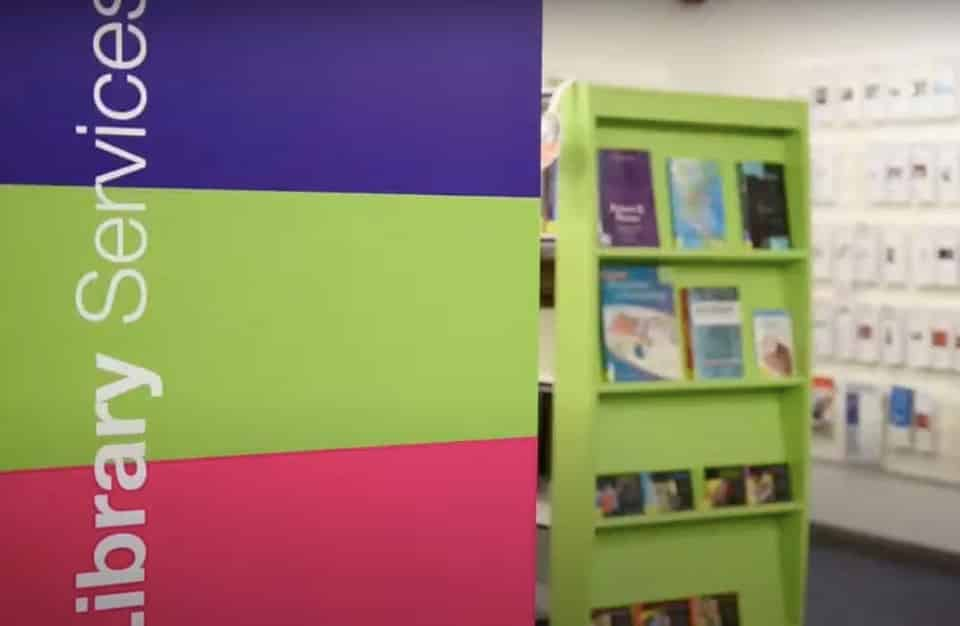
Cambridge Judge Business School
At Cambridge Judge Business School the existing self-service system for the information centre and library needed an upgrade. With RFID technology they were able to create a modern information centre and library, which meets needs of both staff and students.
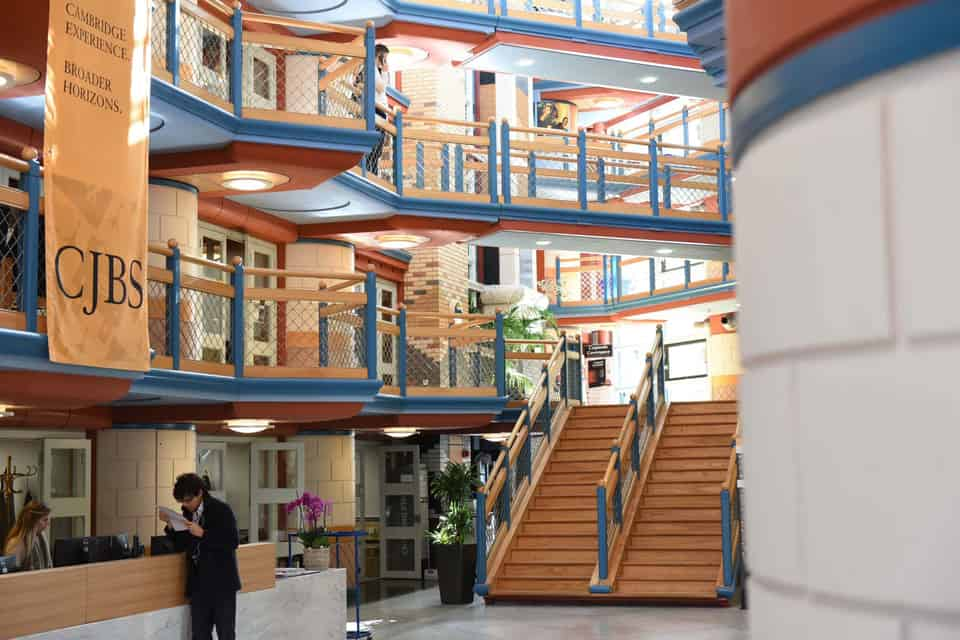
Curious about how RFID can empower your library?
Explore the possibilities and unlock new opportunities by contacting us today.